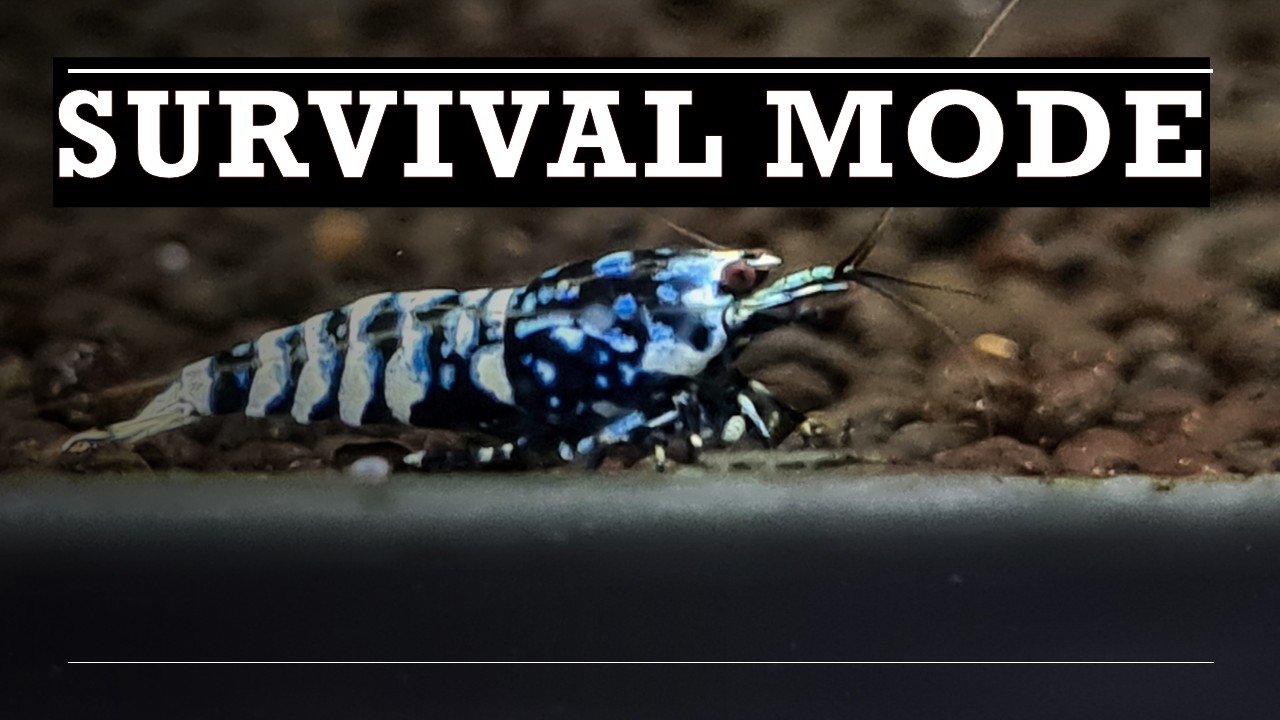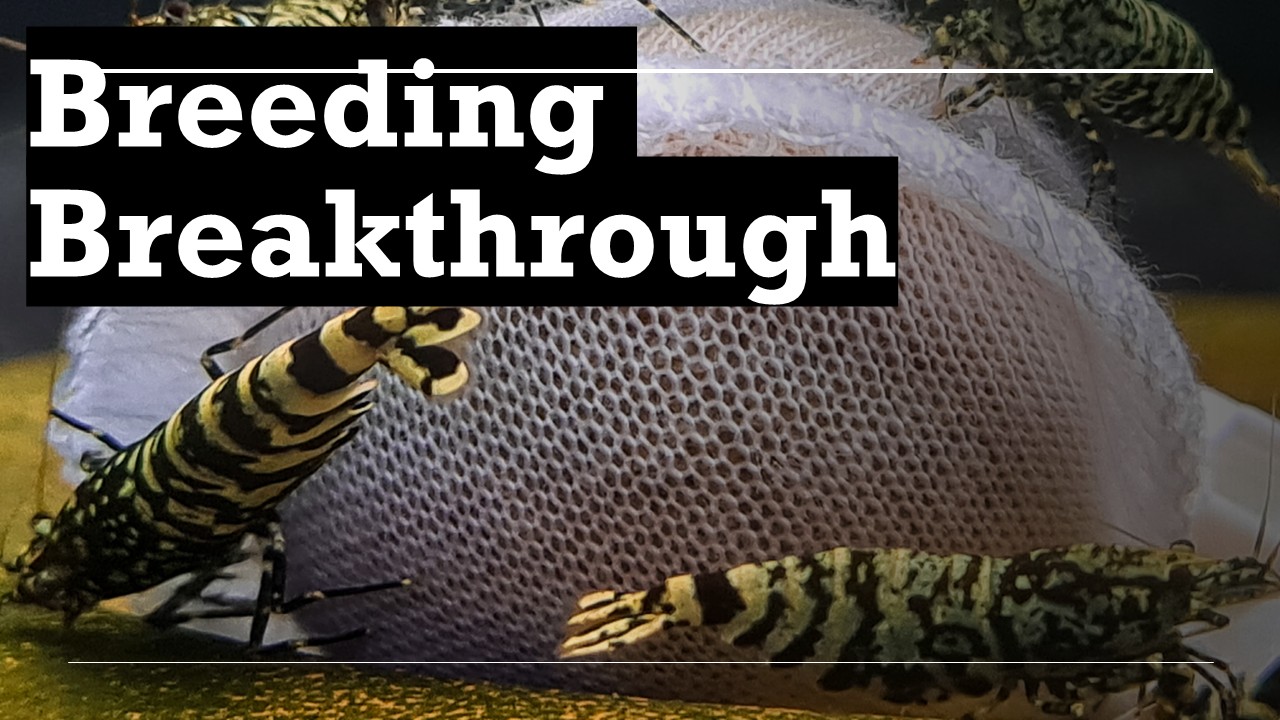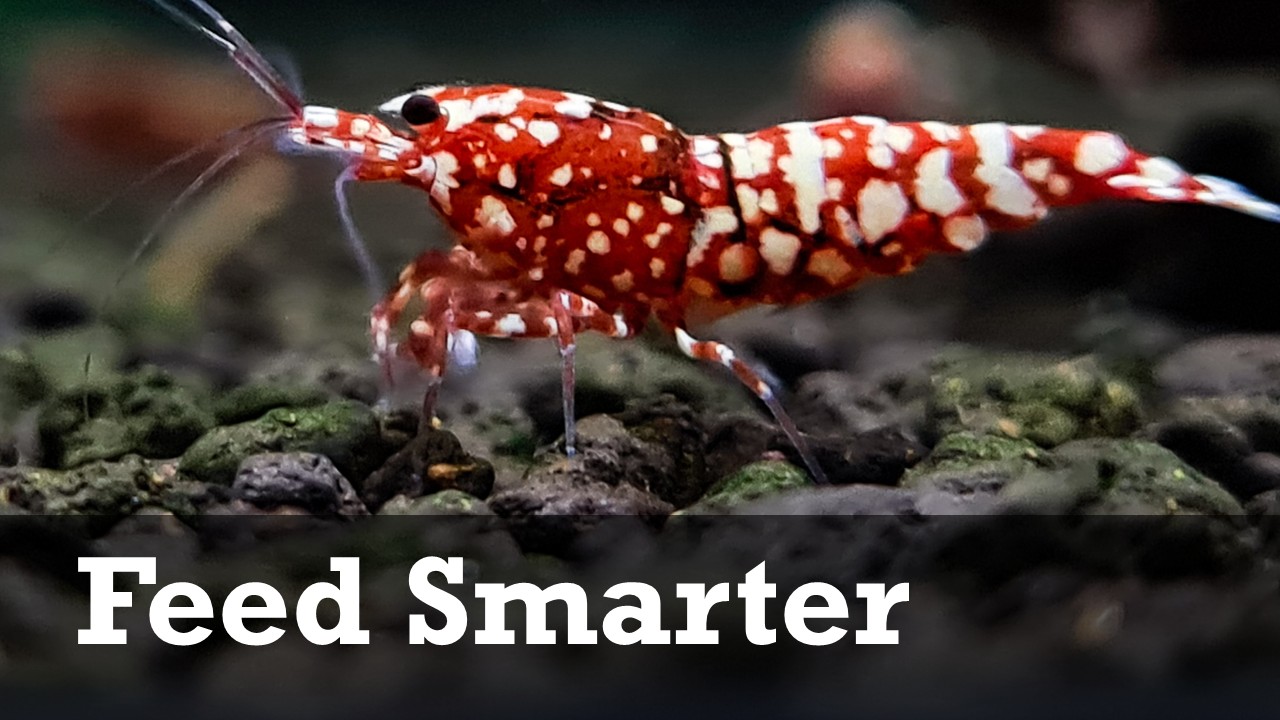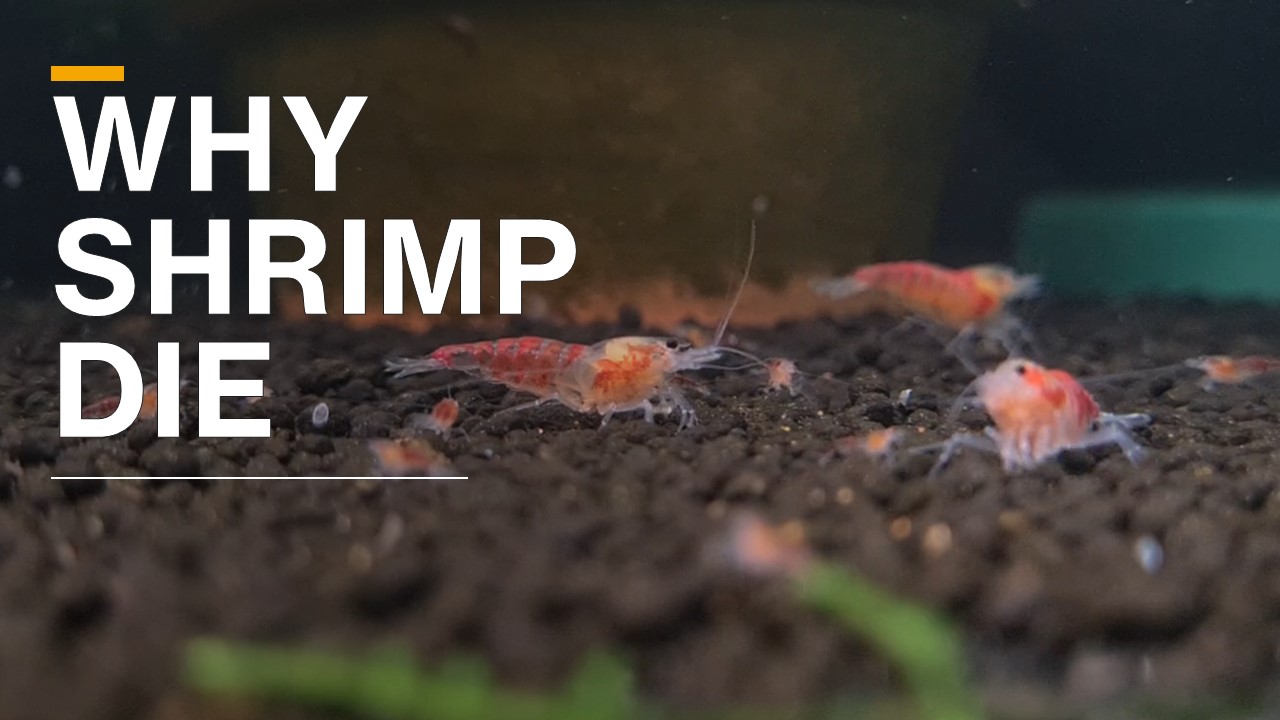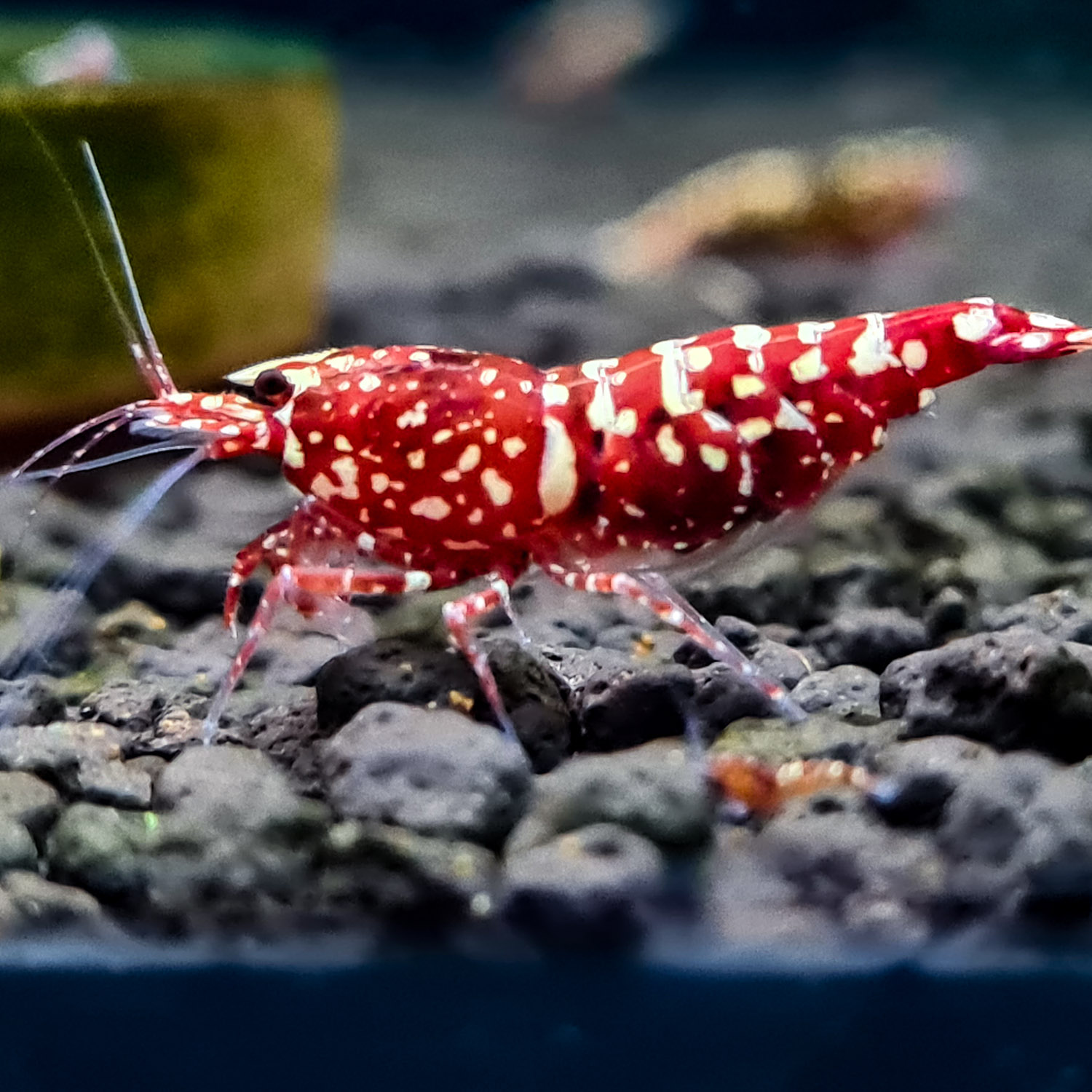
Intro
If you’re a shrimp keeper, you know we use active soil in our tanks, which breaks down over time. But here’s the kicker: when you pair active soil with an undergravel filter, you’re setting yourself up for disaster. Why? Because UGFs are designed for gravel, which doesn’t break down. Active soil, on the other hand, is fragile, and the constant water flow through the substrate causes it to compact, clog, and eventually fail.
Let me paint you a picture: You’ve spent months setting up your dream shrimp tank. You’ve chosen the perfect active soil, meticulously planted your flora, and introduced a thriving colony of Caridina shrimp. Everything looks perfect—until one day, you notice something’s off. Your plants are struggling, your shrimp seem stressed, and the water flow from your undergravel filter has slowed to a trickle. What went wrong?
The answer lies beneath the surface, in a problem few aquarists talk about: soil compaction.
The Hidden Danger: Soil Compaction
Soil compaction is a silent killer. It’s the process where soil particles are pressed together, reducing the space between them. In nature, this happens due to heavy rainfall, foot traffic, or machinery. In your aquarium, it’s caused by the constant downward pull of water through the substrate, especially in systems like undergravel filters.
At first, compaction might seem harmless. You might think, “Oh, the soil is just settling.” But here’s the truth: compacted soil is a ticking time bomb. Over time, it becomes dense and impenetrable, creating a host of problems:
- Suffocation: Compacted soil restricts airflow
- Nutrient Lockout: Compacted soil prevents the even distribution of nutrients, leading to pH imbalances
- Water Flow Blockage: As soil particles are forced together, fine dust and debris clog filter tubes, reducing efficiency and eventually causing complete failure.
- Anaerobic Pockets: Compacted soil creates dead zones where harmful bacteria thrive, releasing toxic gases like hydrogen sulfide.
These issues don’t happen overnight. Like a silent assassin, soil compaction works slowly, undermining your tank’s health until it’s too late.
The Undergravel Filter Trap
Undergravel filters are a popular choice for many aquarists. They’re affordable, easy to install, and provide excellent biological filtration. But here’s the catch: they’re a major contributor to soil compaction, especially when used with active soil.
Here’s how it happens:
- As water is drawn through the substrate, it pulls soil particles downward.
- Fine dust and debris are sucked into the filter tubes, clogging them over time.
- The constant downward pressure forces the substrate to compact, creating a dense, impenetrable layer.
I learned this the hard way through a friend’s experience. His tank was thriving for months, but suddenly, the undergravel filter stopped working. Upon inspection, we discovered the filter tubes were clogged with fine soil particles. The substrate had become so compacted that water could no longer flow through it. His shrimp were stressed. The tank was on the brink of collapse.
This isn’t an isolated incident. Many aquarists face similar issues but don’t realize the root cause. The truth is, undergravel filters are fundamentally flawed when it comes to long-term soil health in shrimp tanks.
A Lesson from Nature: Farmers and Soil Preparation
To understand why soil compaction is so harmful, we can look to nature—specifically, to farming. Farmers know that healthy soil is the foundation of a successful harvest. Before every planting season, they plough, aerate, and prepare the soil to ensure it’s loose and nutrient-rich.
Why? Because compacted soil is a death sentence for crops. It restricts root growth, limits water absorption, and prevents nutrients from reaching plants. Sound familiar? The same principles apply to aquariums.
In nature, topsoil is constantly aerated by worms, insects, and microorganisms. In an aquarium, we don’t have that luxury. Without intervention, the substrate becomes compacted in the UGF, leading to the same issues farmers work so hard to avoid.
The Reset Basket Revolution
This is where reset baskets come in. Unlike undergravel filters, reset baskets don’t rely on pulling water through the substrate. Instead, they create a stable, low-pressure environment that minimizes compaction.
Here’s why reset baskets are a game-changer:
- No Downward Pressure: Reset baskets rely on gravity alone, preventing the soil from being forced together.
- Improved Water Flow: Without fine particles clogging the system, water flows freely, maintaining optimal filtration.
- Long-Term Stability: Reset baskets prevent the formation of anaerobic pockets, ensuring a safer environment for your shrimp.
My friend’s experience with reset baskets was nothing short of transformative. After switching from an undergravel filter, he noticed an immediate improvement. The soil remained loose and aerated, his plants flourished, and the filter system worked flawlessly. Most importantly, his shrimp were happier and healthier than ever. This is also true with another hobbyist in Poland.
Why This Matters to You
If you’re a shrimp keeper, this story is a wake-up call. Soil compaction is a silent killer, and undergravel filters—while effective in the short term—are a ticking time bomb for your tank. The good news is, you don’t have to wait for disaster to strike. By switching to reset baskets, you can prevent compaction, protect your shrimp, and ensure your tank thrives for years to come.
But don’t just take my word for it. Try it for yourself. Monitor your substrate, observe your shrimp, and pay attention to your filter’s performance. The difference will speak for itself.
A Call to Action: Save Your Tank Today
Soil compaction might be invisible, but its effects are undeniable. If you’re using an undergravel filter, now is the time to act. Switch to reset baskets and give your tank the gift of healthy, aerated soil. Your plants, fish, and shrimp will thank you.
Remember, a thriving aquarium isn’t just about what you see on the surface. It’s about what lies beneath. Don’t let soil compaction be the silent killer of your tank. Take control, make the switch, and watch your aquarium flourish like never before.
Final Thoughts
Soil compaction is a problem that affects aquarists and farmers alike. It’s a reminder that even the smallest details—like the substrate in your tank—can have a profound impact on the health of your ecosystem. By learning from nature and embracing innovative solutions like reset baskets, we can create aquariums that are not only beautiful but also sustainable.
So, the next time you admire your tank, take a moment to think about what’s happening below the surface. Is your soil healthy? Are your plants thriving? If not, it might be time to make a change. After all, a thriving aquarium starts with the foundation—and that foundation is your soil.
Don’t let soil compaction ruin your hard work. Switch to reset baskets today and give your tank the care it deserves. Your aquatic friends will thank you, and your aquarium will become the vibrant, thriving ecosystem you’ve always dreamed of.

